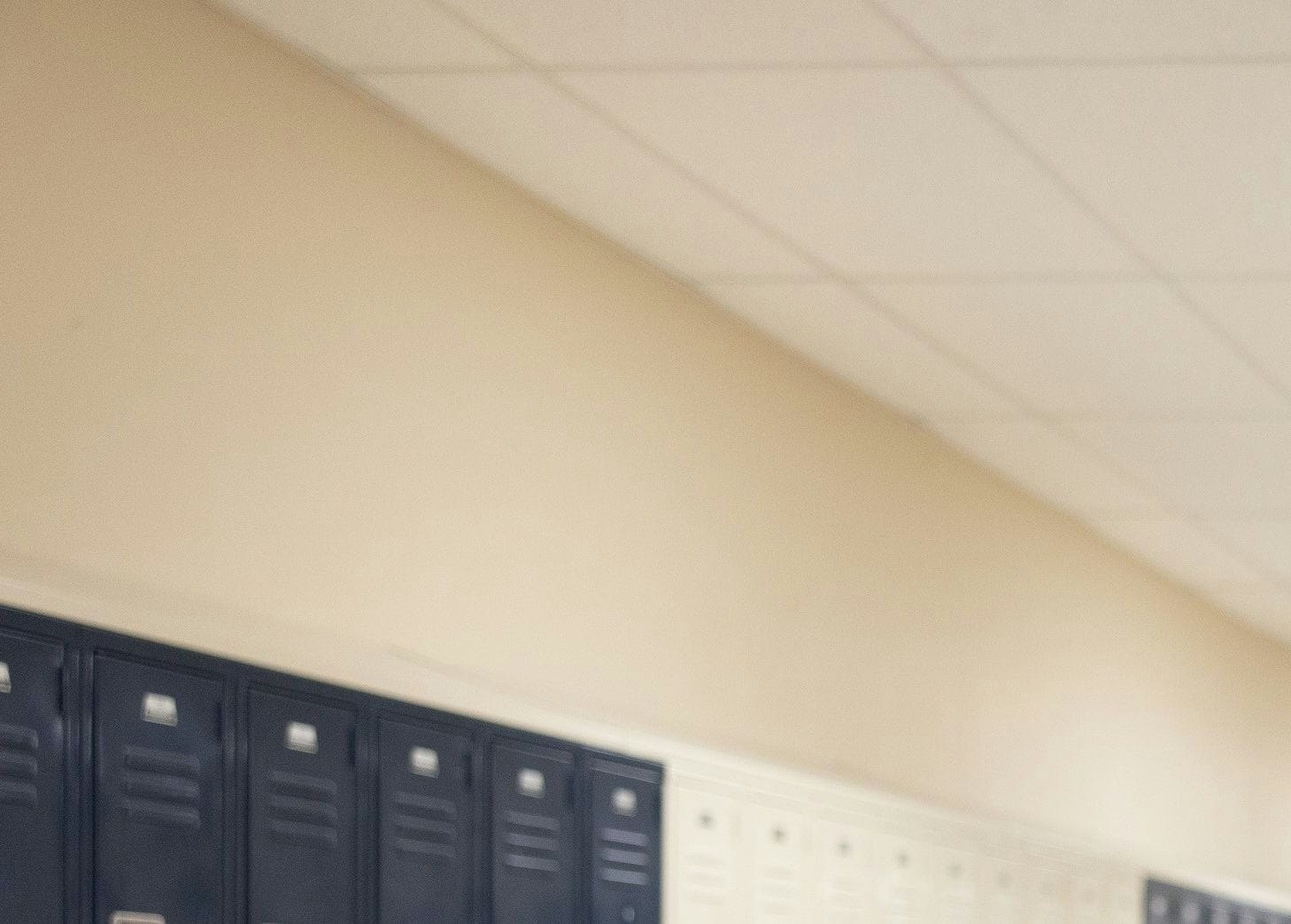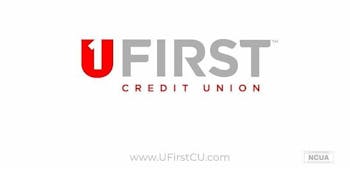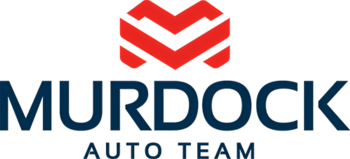





Board Meeting @ 7 Link on the LEA page
With a graduating class of less than 300, students have rich opportunity to be involved in athletics, academics, student government, clubs and more.
Graduates this year
Student to Teacher Ratio
Students taking Advance courses
AP Capstone & Pathways
Athletic Programs
Clubs & Activities




Keep up with the news!
 SAHS
SAHS
